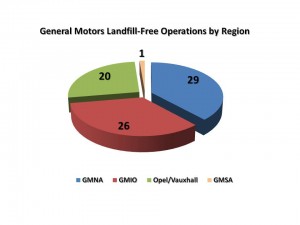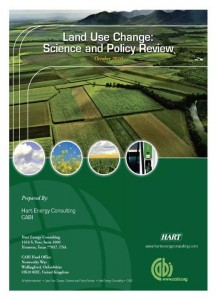The cost of extending the ethanol blenders tax credit for another year is well worth it, according to the Renewable Fuels Association.
 Extending the Volumetric Ethanol Excise Tax Credit (VEETC) is estimated to cost about $6 billion dollars in 2011 at the current rate in the Senate bill of 45 cents per gallon. The United States spends about $750 million per day on imported oil, or $5.25 billion per week. Which means, extending the VEETC through 2011 would be the equivalent to about one week’s worth of oil imports – eight days, to be precise.
Extending the Volumetric Ethanol Excise Tax Credit (VEETC) is estimated to cost about $6 billion dollars in 2011 at the current rate in the Senate bill of 45 cents per gallon. The United States spends about $750 million per day on imported oil, or $5.25 billion per week. Which means, extending the VEETC through 2011 would be the equivalent to about one week’s worth of oil imports – eight days, to be precise.
The Senate measure that includes extending the ethanol tax credit was moved along yesterday with a vote of 83 to 15 to formally end the debate and will soon be put to a final vote. RFA president and CEO Bob Dinneen hopes that will be very soon. “The Senate has taken an important step to keep America on the path toward greater energy self-reliance,” said Dinneen. “We encourage the Senate to move as swiftly as possible to pass this measure.”
Despite the cloture vote, the rules allow the Senate to debate the bill until midnight tonight, but the final vote could be held before then or delayed until tomorrow morning. Senator Dianne Feinstein (D-CA) is expected to introduce an amendment to cut the tax credit and the associated tariff to 36 cents, but Senator Chuck Grassley (R-IA) says a vote on the amendment is unlikely.
As for the future, Grassley expects some changes. “We’re all kind of committed to taking a new approach and the phasing out of the tax credits,” he said during his Tuesday morning conference call with reporters.
RFA’s Dinneen says the industry also expects changes in the incentives, but the extension gives them time to adapt. “This one-year extension will provide the industry and lawmakers breathing room to think through responsible reform of ethanol tax policy and all energy tax policy more specifically,” he said.











 In a
In a